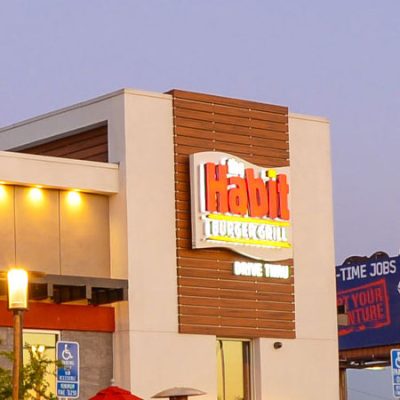In 2020, single-tenant net lease retail cap rates compressed to record levels, and the trend is likely to continue this year. Limited new construction and demand for single-tenant properties, like quick-service restaurants, drive-thrus and grocery stores, will put downward pressure on cap rates this year.
“We expect that the supply of new construction retail properties will remain low and overall cap rates will continue to compress for strong credit single-tenant net lease quick-service restaurants with drive-thrus, grocery stores, auto-related properties, convenience stores and medical,” Ed Hanley, president of Hanley Investment Group, tells GlobeSt.com. “Demand will also increase for new construction multi-tenant retail as certain buyers become priced out of the single-tenant net lease market; these cap rates will most likely remain steady.” The pandemic has already run for nearly a year, and investors have figured out the businesses that have not only survived but flourished. Those properties will be the prime targets for investment this year. The list is longer than “We expect that those businesses that performed well during the pandemic will continue to do so throughout 2021,” says Hanley. The list is longer than you’d think. It includes grocery and drug stores, express car washes, drive-thru quick-service restaurants, convenience stores, auto parts and services, healthcare—including dental, vision and medical—and financial services. “However, recovery may be uneven, depending on the category, scale, location and operations, including cost-cutting, use of technology, convenience factor and implementation of COVID-guidelines and local or statewide stay-at-home orders,” Hanley adds.
There are still some challenges ahead, however. Retailers—even those that have performed—are reevaluating their locations and space due to the pandemic, and that will likely mean change on the horizon. “Some commercial districts may continue to struggle well into 2021 as the work-from-home model persists and companies shrink their office footprint or relocate,” says Hanley. “However, food-away-from-home sales should increase as consumers return to more normalized routines involving education and hospitality. Due to CDC guidelines and the shift in consumer behavior, retailers and quick-service restaurants will continue to re-evaluate their operations and footprint.”
In the short-term, drive-thus without indoor dining capacity will be the most active developments. “We expect to see new drive-thru prototypes with minimal or no indoor seating, added mobile pick-up lanes and walk-up windows, and delivery services and partnerships,” says Hanley. “Online ordering and efficiency will be paramount to success. Higher digital sales should provide greater operating efficiency and some welcome offsets to rising wages for restaurants, namely quick-service brands.”

